Account
Country
AUDI A8/S8/RS8
AUDI R8
Audi Q8/SQ8

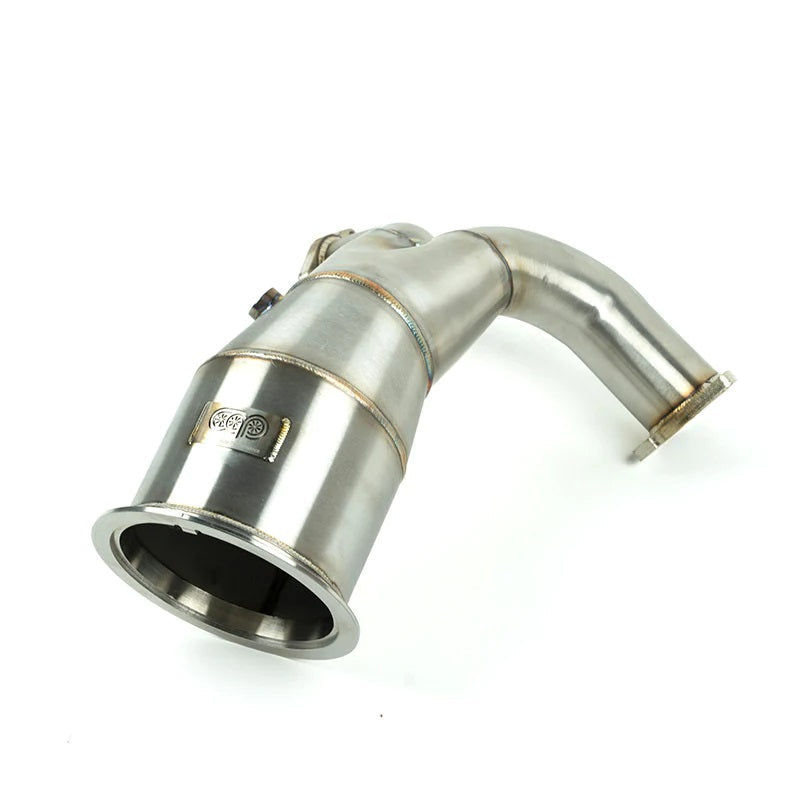
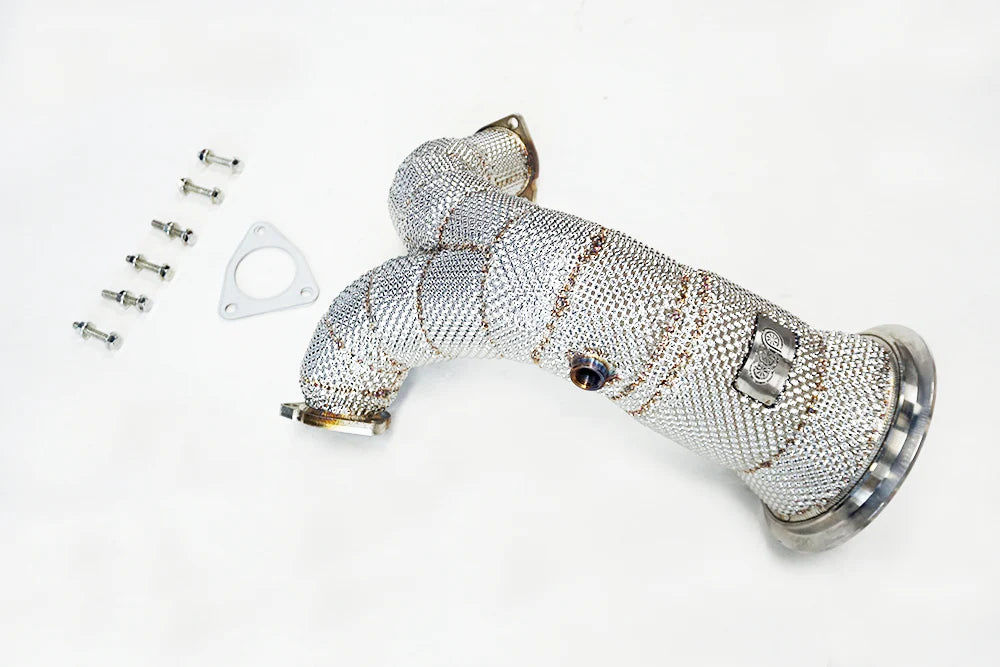
To understand what a downpipe is and what it actually does we need a quick revamp of how a turbo works. In a short essence, turbos are made up of 2 main sides, the intake and the exhaust side. The intake side draws in cold air from the vehicle's air intake system, channels it through the intercooler to reduce its temperature further, and then directs it into the engine. There, the cooled air mixes with fuel to facilitate efficient combustion.
This mixture of gas and air creates exhaust fumes which need to get out of the engine. This is done via the exhaust manifold - the exhaust side of the turbo drives these gases out of the manifold.
Now because we need to make sure our cars don't pollute the enviorment these gases have to be filtered out in a way that minimizes harmful gases and maximizes power. Stock downpipes do a perfect job when it comes to maintaining minimal emissions, but if you want to get more power downpipes one of the most important parts to upgrade.
Stock downpipes come with a honeycomb like inside that traps the harmful particles to exit via the exhaust. Overtime the downpipe will be completely blocked, especially with diesels. This is because the downpipe will trap enough of these particles to the point where exhaust gases can no longer pass through. This creates what's called back pressure.
The exhaust gases will force the turbo to run slower and you will see a significant loss of power. This countinous back pressure can cause major issues with your engine, might burn your turbo, start a fire or not be able to go above certain RPM.
Here is where a downpipe upgrade becomes a must. An upgraded downpipe will allow more exhaust gasses to pass much freely because of the larger diameter.
Related: Best Audis To Modify
Downpipes come in 2 types. Downpipes with a high flowing catalytic converter and catless downpipes. As the name suggest a high flowing catalytic converter comes with a catalytic material that allows high flow of gasses, paired with a larger diameter that is coupled to the exhaust side of the turbo. This is the most common type of downpipe upgrade as drivers all over the world have to comply to state regulations and emissions.
For the real performance gains there is also catless downpipes. These downpipes are most commonly used among cars that are put on races or pushed to the limit. They feature the same design with a wider diameter but they are empty on the inside, allowing gasses to pass quickly from the turbo exhaust side.
Upgrading your downpipe will help you gain more power. As the exhaust gases will pass more freely the turbo can run more lean but the exact number of how much horsepower you will gain with a downpipe upgrade all depends on the setup.
As a rule of thumb, if you are planning to have mods in place for your turbo car, downpipe is the first upgrade you should go with.
A stock downpipe will act as a bottleneck to your system and it won't matter if you throw money towards a bigger intercooler or a cold air intake as long as these gasses are trapped so is your horsepower gains
Related: Why You Need To Get Rid Of Your Catalytic Converters On Audi 3.0T?
A downpipe upgrade is good for people looking to get their car to sound a lot better and plan to go with bigger mods down the road. As per power gains, there is a lot of contraversy because every setup is diffrent. From our experience at Canadian Auto Performance, upgrading to a performance downpipe helps you get anywhere from 20-50 horsepower depending on the setup.
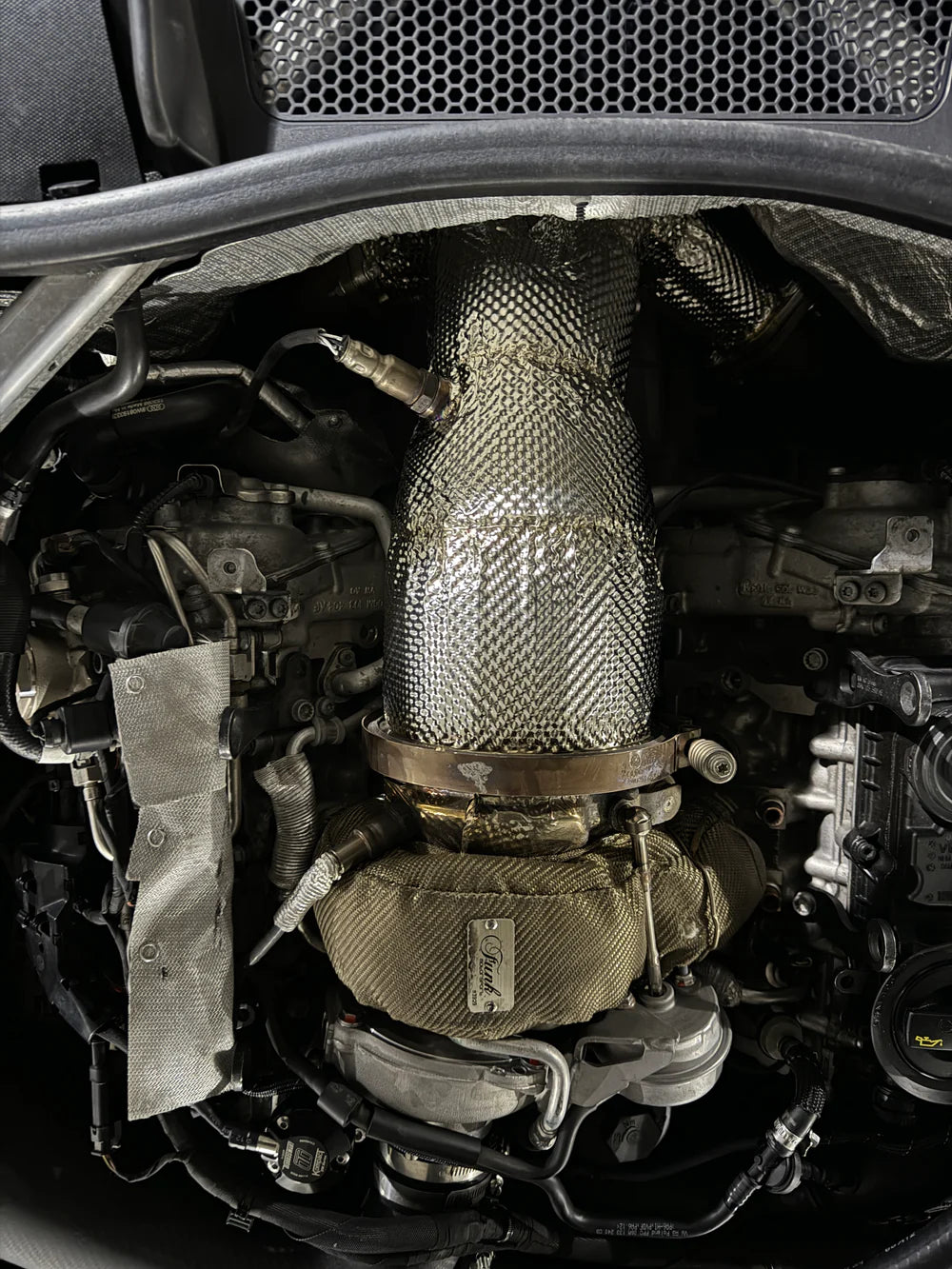
If you want your car to sound better, minimize turbo lag, and improve throttle response, a downpipe upgrade is a good choice. For Audi enthusiasts looking for a more pronounced exhaust note, upgrading your downpipe can significantly amplify the vehicle's deep burble.
On top of those DSG farts, a good downpipe upgrade for your Audi will make your burble sound deeper, and if you go the full route with a flash tune you can control the burble intensity even further. A good downpipe will allow you to make that sound even deeper.
Going for a catless downpipe removes flow restrictions, allowing a quicker turbo spool and achiving higher boost levels. However, to fully leverage the potential power gains, it's crucial to pair this upgrade with an appropriately calibrated engine map.
Some drawbacks of going with a downpipe upgrade include goverment regulations. Make sure to read your states law regarding emissions before doing such upgrade. Another semi-drawback is the gas smell. Some people love the smell, others don't - so at the end of the day it's a matter of preference.
Related: Benefits Of Adding A High Flowing Turbo Inlet | Audi 3.0T
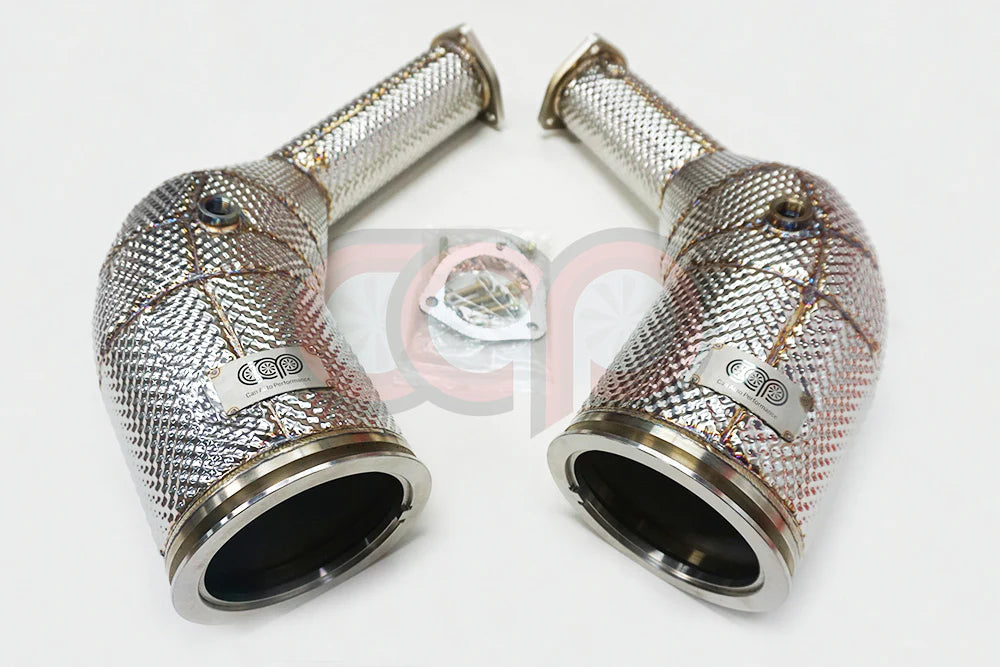
Choosing to tune your downpipe can bring a bunch of benefits, especially when paired with other car mods you might have thrown, like chip tuning, cold air intake, a bigger turbo and so on. This combo ensures the software and hardware work in perfect harmony, leading to an even greater performance boost.
Aftermarket downpipes come in a larger diameter compared to stock. This allows the downpipe to ease the burden on the turbocharger. With reduced back pressure compared to standard parts, more exhaust gas can flow through, and this also cools down the gasses.
The result? A significant bump in torque. For those who love the roar of turbocharged engines, the deep sound of a tuned downpipe is pure bliss. So, if you've got a car with a turbocharger and a passion for speed, a downpipe is the way to go.
Related: Audi S6 Evolution
Related: How CAP Was Founded | The World Best Test Pipes Audi 3.0T
Usually, when you're upgrading to a performance downpipe, you don't need to mess with the ECU . But sometimes, for the engine to work its best with the new downpipe, you might need an ECU remap or tune.
Upgrading can change the exhaust flow, which might mess up the engine's air-to-fuel balance. If this balance is off, it could damage the engine, lower its performance, or up the emissions. So, to dodge these issues, you might need to tweak the ECU to get that air-to-fuel ratio just right.
Also, a beefier downpipe can make the turbocharger kick in quicker, pushing up the boost pressure. Too much boost can mess with the engine's balance and could harm it. A pro tuner can set the ECU so the engine's air-to-fuel balance and boost are spot on.
So, while you might not always need to tweak the ECU after getting a performance downpipe, it's a good idea to chat with a tuner expert. They'll make sure your engine's running smooth and safe.
Read Next: Beginner’s Guide To Modify An Audi